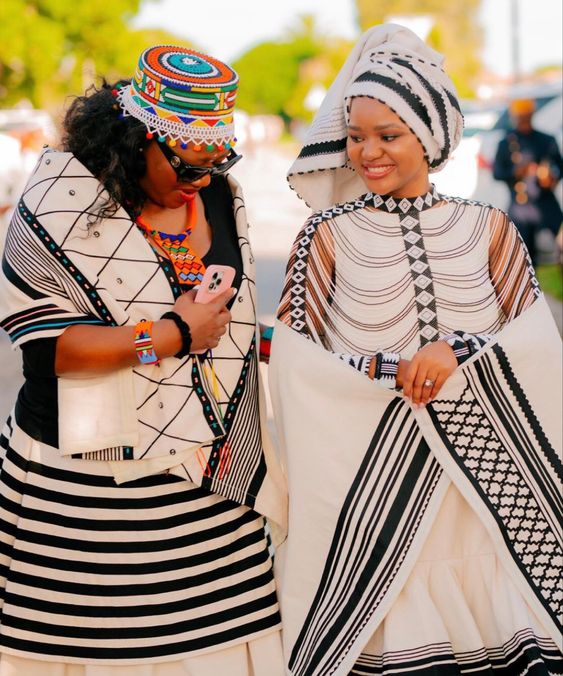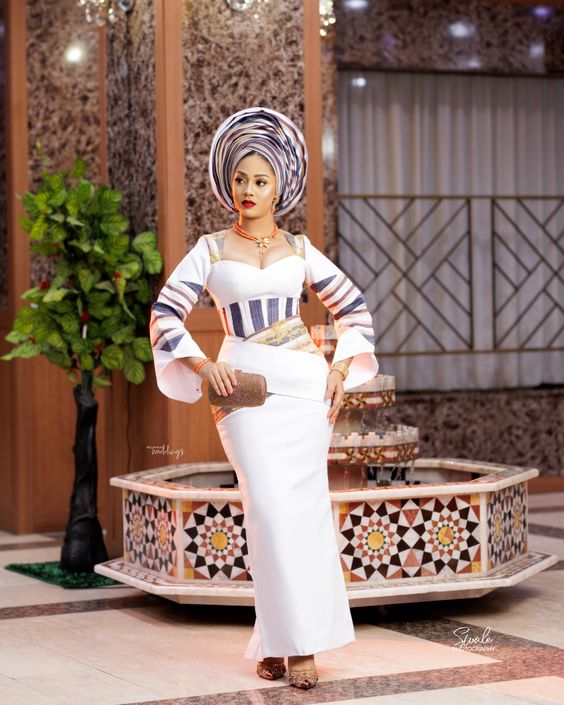Xhosa Traditional Attire is Gaining Global Recognition in the Fashion Industry 2024
Xhosa Traditional Attire is Gaining Global Recognition in the Fashion Industry 2024



Introduction
The vibrant and distinctive traditional attire of the Xhosa people in South Africa has been making waves in the global fashion industry. With their bold colors, intricate designs, and rich cultural significance, Xhosa traditional attire is gaining recognition and appreciation from fashion enthusiasts around the world.
The Rise of Xhosa Traditional Attire in the Fashion Industry
Xhosa Traditional Attire: A Brief Overview
History and Significance of Xhosa Traditional Attire

Distinctive Features of Xhosa Traditional Attire
Xhosa Traditional Attire on the Global Runways


Xhosa Traditional Attire in Fashion Shows and Events
Xhosa traditional attire has become a common sight on runways and fashion events around the globe. Renowned designers are incorporating elements of Xhosa culture into their collections, showcasing the vibrant colors, intricate beadwork, and distinctive patterns that define this traditional attire. These fashion shows not only celebrate the beauty of the Xhosa culture but also help promote diversity and cultural exchange in the fashion world.
International Designers Embracing Xhosa Traditional Attire
International designers have embraced Xhosa traditional attire, recognizing its unique aesthetic appeal and cultural significance. They have seamlessly integrated Xhosa-inspired designs into their collections, creating a fusion of traditional and contemporary fashion. By embracing Xhosa traditional attire, these designers are not only paying homage to the Xhosa people but also introducing a new global audience to the richness and beauty of African fashion.


Xhosa traditional attire’s global recognition in the fashion industry is a testament to its timelessness and cultural significance. As the world becomes more connected, fashion serves as a powerful medium for celebrating diversity and promoting cultural appreciation. The increasing prominence of Xhosa traditional attire on international runways reflects a growing appreciation for African fashion and a celebration of the unique styles and traditions it represents.






Comments are closed.